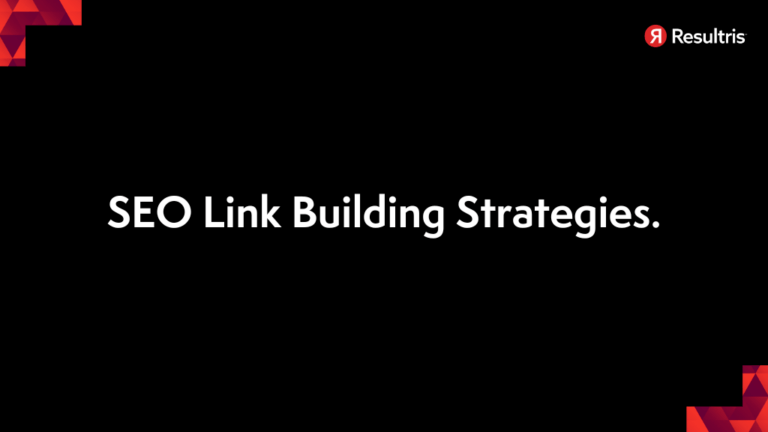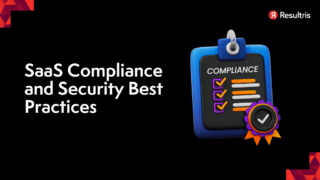

Understanding and effectively managing backlinks is crucial for SEO success. Here, we delve into two insightful discussions on the impact of backlinks and the art of link building, providing a detailed roadmap for anyone looking to enhance their website’s visibility and ranking through strategic link acquisition.
This comprehensive overview merges advanced insights and practical strategies for backlink management and link-building, essential for anyone serious about SEO. Whether you’re building a new site or optimizing an existing one, these strategies will guide you towards achieving better visibility and higher rankings in search engine results.




